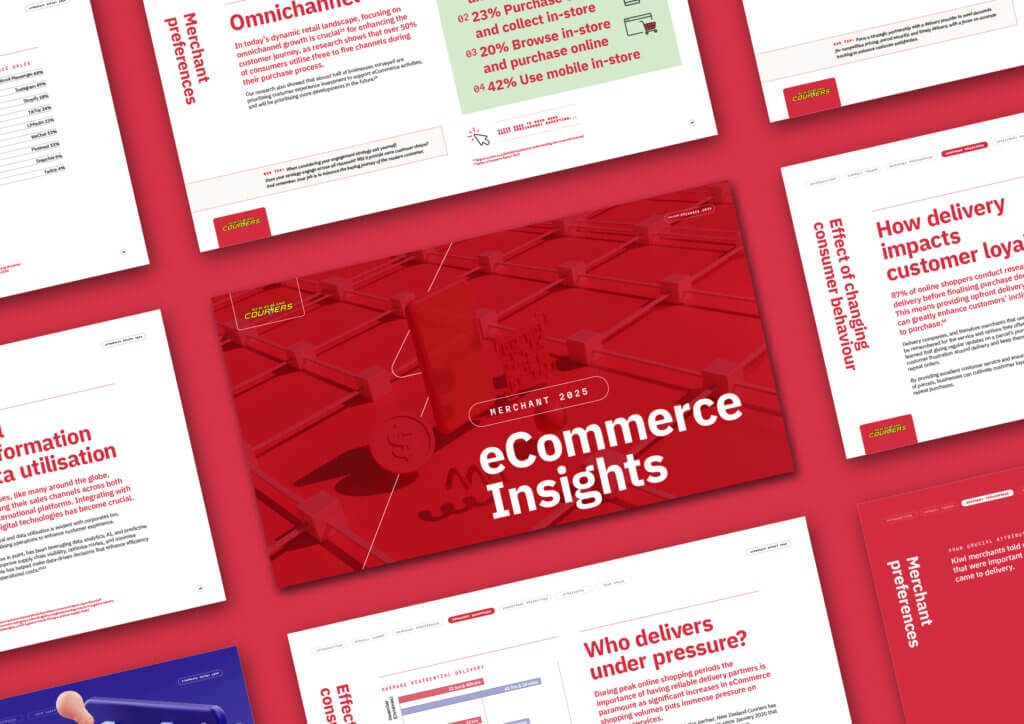Introduction
Webpage loading time is an important factor in the success of your business so it is critical you do a review with a website performance test.
A 1-second delay can lead to an 11% reduction in conversions. This figure increases with every additional second of waiting for a page to load.
Website optimisation is critical to retaining and gaining customers. Many website owners spend time increasing traffic and fail to improve webpage speed once they get there. This is a huge mistake.
Why is it essential to improve your site speed?
What effect does site speed have on SEO?
SEO or Search Engine Optimisation relates to how web pages are crawled on quality and data. A large aspect of SEO is site speed and it affects your Google page ranking when someone searches up terms related to your brand. Site speed is a significant web page ranking factor in Google’s algorithm, meaning that if your site loads slowly, you will not rank as highly for specific queries.
A quick Google page speed test will show you how long it takes for your web page to load. If your ecommerce website takes more than 3 seconds to load on a mobile device or 45 seconds on a desktop computer, you will likely see a significant increase in site abandonment. The higher your abandonment rates go, the lower your web page ranking’s become on the Google algorithm and search results for potential customers.
Since Google personalises your search based on your history, you can check your web page rankings on Google by going into incognito mode and searching up your site. This will give you a general idea of what your customers see when they search your website on Google. Another great way to check website ranking on Google is using many website ranking checkers online or Google ranking tools such as SEO Analyzer, SiteChecker, or checking using your SEO analysis provider. Using keyword analysis with your SEO tool is a great way to check page rank.
B2B Market Insights Report 2026
The fastest adapters are winning as speed, transparency and reliability are now non-negotiable for B2B buyers. Learn how to stay ahead of the game.

Site Speed impacts your conversions
Slow websites can make you look unprofessional, and this means that people will not want to purchase.
People like a good customer experience, and if they get one, they will come back again. Almost 70% of consumers admit that page speed impacts their willingness to buy from an ecommerce website, which shows it must be time to ensure your website is optimised.
You need to understand where your website currently stands with a webpage speed test. There are many Google ranking tools to make your website load faster. You can use site speed tests’ or tools such as Google Pagespeed Insights to get an overview of your web page load speed and suggestions on what you can do to change it. The Google PageSpeed Insights is an excellent Google ranking tool, that analyzes your web page content and then offers recommendations to improve your web page ranking.
To check how your internet connection is affecting your page speed you can also simply, Google ‘website speed test’ and the first ranking item will be a web speed test.

How can I improve website page speed?
Many factors impact your page’s load speed, such as the time it takes to connect to the server, look up your domain, or download data from your site. But if your ecommerce website is slow, it’s because it lacks optimisation. That’s why we’ve compiled 5 ways to optimise your web page load speed so you don’t lose any more conversions.
1. Combine your stylesheets
Stylesheets are the large CSS files that control how your website looks. Put them into one file to make them load faster, and this results in an improved customer experience of the site because they are less likely to leave when greeted with a fast-loading page.
Combing your stylesheets will result in higher conversions from those who stay longer on the site for what they initially came for. And it makes sense customers don’t want to wait around while their device downloads text blocks instead of pictures and other site assets.
The easiest way to combine your stylesheets is to copy/paste your CSS code into one central file. Therefore, all of the content within the other CSS files will reside within a single file, making it easier for a browser to download only one CSS file. If you’re not sure, talk to your website developer for help.
2. Cache your website
Another technique to improve your page speed and website ranking is website caching. Caching your website will store frequently accessed pages on the user’s computer so that they do not need to be reloaded from the server every time someone visits them.
What is Caching?
Caching refers to the act of storing data from a website, app or another type of online resource for later use. It speeds up performance by reducing load time and bandwidth usage in areas that do not change frequently.
Caching your site will store frequently accessed pages on the user’s computer, so they do not have to download them every time they visit a page to load faster. This works because when users go back and forth between webpages, their browser retains these files locally until the site owner decides to remove or change those cached files, which can then be re-downloaded by visitors who come back later on down the road.
Some websites or applications you can use to cache your websites are Alternative PHP caching, quick cache, WP Supercache, WP Rocket and W3 Total Cache. There are many methods/sources out there to help you with caching your website.
Caching your website can reduce load times by up to 80%.
3. Implement website automation
Implementing website automation can also help improve site speed, web page ranking and generate more revenue for your business.
Website automation includes many things, like RSS feeds, website widgets, and email subscriptions, which can all be automated. Implementing software such as RSS feeds and gadgets can be a great way to expand your website. When combined with web automation, it makes it easy for people to access important information quickly from any device. Autoptimise is a plugin that can be downloaded and used with any site to optimise the site performance.
Deliver a Better Ecommerce Experience
From shopping cart to doorstep, we’ll get your online deliveries, delivering real results for your business.

4. Optimise images
What tricks can you use to make images on my site appear to load faster?
Reducing the file size of your photos before you upload them onto your ecommerce site will help reduce the digital space your pictures take.
Many tools, such as TinyPNG, allow you to compress the size of an image without sacrificing quality. Another great option to optimise your images is using plugins that will automatically reduce the size of your images as you upload them.
5. Implement a CDN
A Content Delivery Network (CDN) distributes the hosting of site assets like images, videos and CSS files across several servers to provide faster loading times for users by caching those resources closer to them geographically. Using one will distribute your site’s assets from various locations worldwide and improve site load time.
What are the advantages of moving to a CDN?
Setting up a CDN on your site will help you save money on bandwidth and make your site more secure. This security benefits your ecommerce web page Google ranking.
Other factors impacting your page load speed
- The website is slow because it has old code on the backend. If you have outdated WordPress plugins installed on your website, they will surely increase site loading time. One of the best ways to combat this issue is by updating any plugins that are the latest version.
- Avoid large pages and media files that automatically start playing when someone visits a page on your site or app. It will increase load times because these large files need time for their content to be downloaded by users, which slows down the performance of the webpage.
- Limit redirects on your site, as they are large files that need to be downloaded by the user, and if there are too many redirects, this can slow down the performance of the webpage.
- Avoid plugins with large file sizes that automatically start playing when someone visits a page on your site or app. This will increase load times because these large files need time for their content to be downloaded by users, which slows down the performance of the webpage.
Conclusion
Website speed is a significant web page ranking factor in Google’s algorithm, which means that it should be one of your top priorities. Optimising site speed can help you increase revenue and decrease customer churn rates by making your website more usable for visitors.
Improve site speed through caching, CDNs, combining all stylesheets onto one file for quicker loading times, and implementing website automation, including RSS feeds, widgets, and email subscriptions. With these tips, it won’t be long until your business is running as a large-scale ecommerce business.
 9 min read
9 min read






